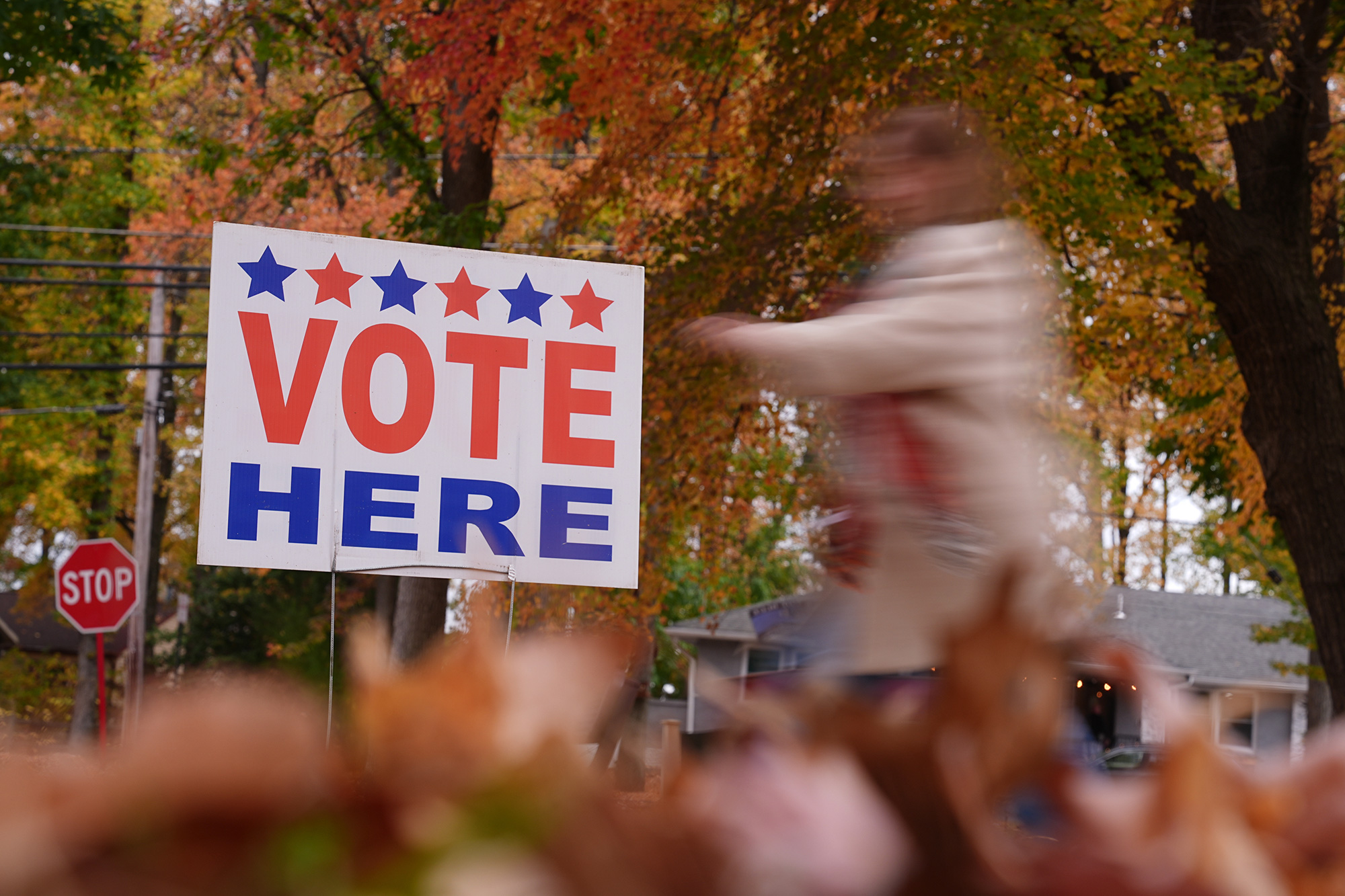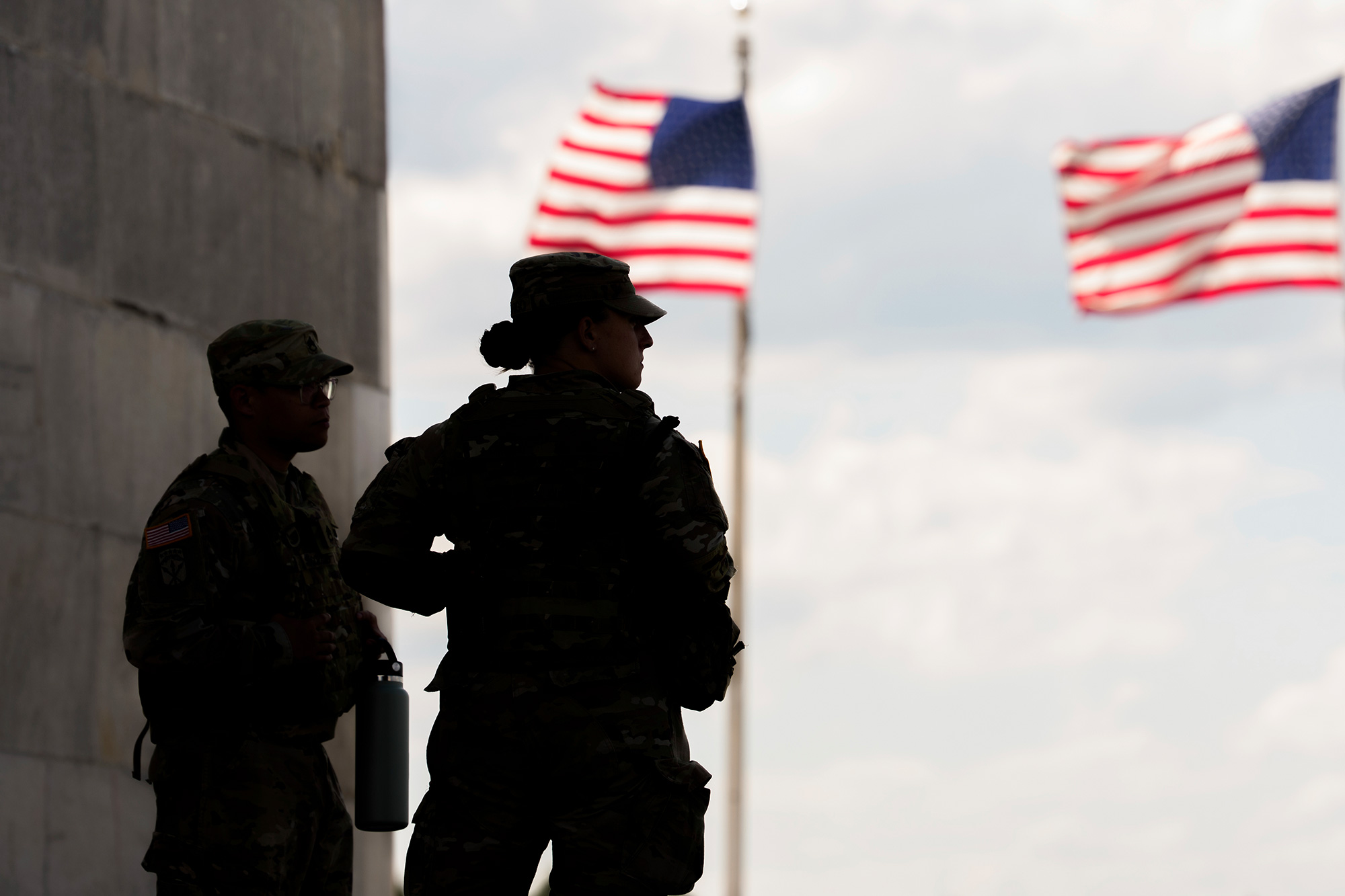The early signs are mixed, but the biggest price hikes may still be ahead.
Just six months into his new term, President Trump has radically shaken up U.S. trade policy.
U.S. tariff rates are the highest they’ve been in decades, and revenue collected by tariffs is at an all-time high.
But the economic impact is still being sorted out, especially on inflation – the number one concern of independent voters. Back in April, three-quarters of Americans worried that tariffs would increase the cost of everyday items.
Were they right? Let’s see what the preliminary data says.
Tariffs in Place
Despite all the buzz about tariffs, very few have gone into effect. The “Liberation Day” tariffs, which President Trump unveiled on April 1 and said would apply to nearly all countries, have been delayed until at least August 1.
So the most sweeping changes haven’t gone into effect yet. But some new tariffs have been imposed, including extreme measures against China:
- A 25% tariff on Canadian and Mexican imports not exempted by the United States- Mexico-Canada Agreement.
- A 10% tariff on Chinese goods, later raised to 20%, then briefly up to 125% before settling at 30%.
- Narrower hikes on specific goods like steel, aluminum, and fertilizer.
Tariffs’ Impact on Inflation
Core inflation – a measure of prices excluding food and energy, which tend to be very volatile – declined for the first five months of this year, before nudging up slightly in June.
The chart below shows the monthly change in core inflation this year, overlayed with the major tariffs that have been enacted (not just announced).

The data show that inflation continued to drop even while new tariffs were being implemented. But that’s not the full story.
The Lag in Tariff Effects
Economists agree that tariffs generally raise costs for consumers, but it’s not an overnight change. Ryan Sweet, chief U.S. economist at Oxford Economics, said it will “take a few months for that additional boost to inflation to be felt in goods prices.”
One reason is because businesses stock up on imported goods before the tariffs take effect, giving them a few months of wiggle room before they have to import more inventory at higher tariff rates. And retailers tend to raise prices gradually, not all at once, to avoid scaring off customers.
Industry-Specific Inflation
There are some early warning signs in parts of the economy that rely heavily on imports. These industries are feeling the effects of tariffs first, and their prices are rising faster than average:
- Linens were up 5.5% in June, compared to 0.4% overall
- Major appliances increased by 1.9%
- Apparel, toys, electronics: All saw above-average increases, driven by rising costs for Chinese-made goods
But not all prices are moving in the same direction. The auto industry – which is dominated by foreign carmakers – actually saw prices fall in June. There could be several explanations, but it’s a sign that not all industries will be affected equally.
What’s To Come
While the inflation effects of tariffs have been small so far, things could get out of hand quickly.
According to Yale’s Budget Lab, American families could pay an extra $3,000 per year if the “Liberation Day” tariffs take effect as planned on August 1st.
But that’s just a projection. The real impact will depend on how businesses respond, whether consumers change their buying habits, and how the Federal Reserve reacts. But if the tariffs stay and the costs get passed on, the inflation story could look very different in the next year.
Related
Peyton Lofton
Peyton Lofton is Senior Policy Analyst at No Labels and has spent his career writing for the common sense majority. His work has appeared in the Washington Examiner, RealClearPolicy, and the South Florida Sun Sentinel. Peyton holds a degree in political science from Tulane University.





You must be logged in to post a comment.